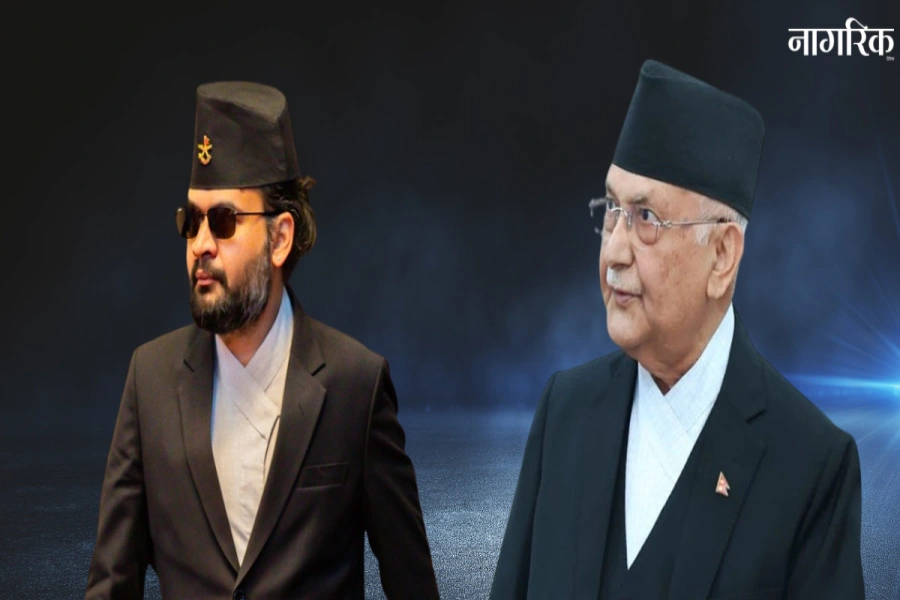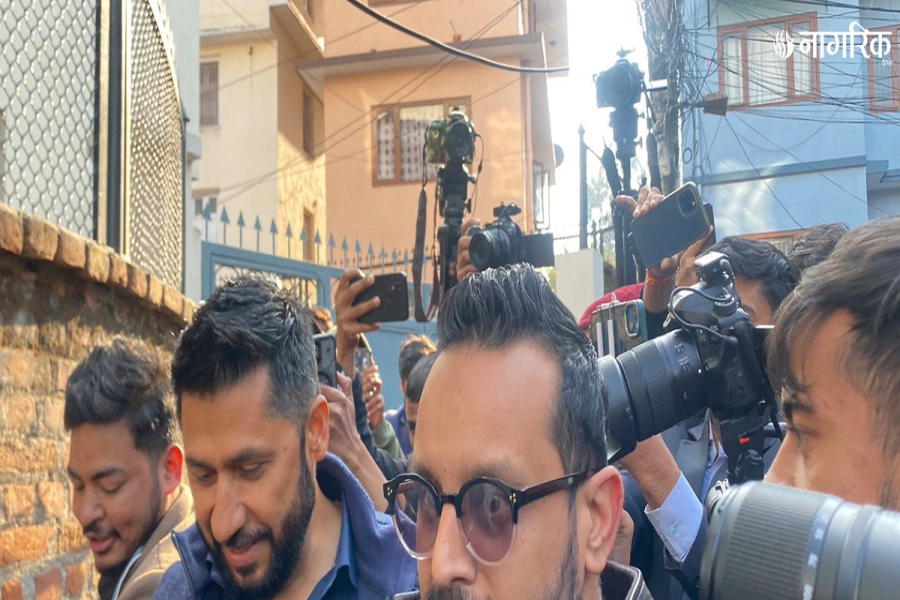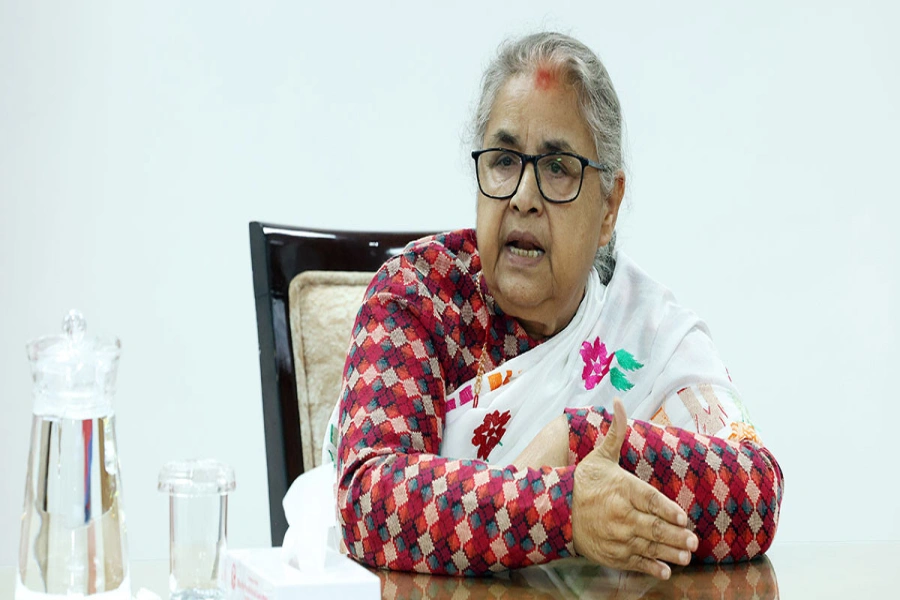The only thing to keep in mind, for him, was the fact that he couldn’t over stuff himself anymore.
Ashok Agrawal, 61, has been overweight ever since he was a small boy. He had been trying to lose weight since he could remember but the fat was stubborn and his weight kept fluctuating between 95 to 129 kilos. With a strict diet and regular exercise he would see the scales of the weight tip a little, but a slight mess up in his diet would increase the numbers on the scale drastically.
Little did he know that he was going through what is called the ‘yo-yo phenomenon’ which is also known as ‘weight cycling’. It refers to the cyclical weight loss and gain resembling the upside down motion of the yo-yo. A person on a diet is able to lose weight but is unable to retain the weight loss in the long term and gains it all back again, which he then tries to lose again and thus the cycle keeps repeating.
The Bariatric surgical process causes weight loss by restricting the amount of food the stomach can hold, causing mal-absorption of nutrients or by a combination of both gastric restriction and mal-absorption and it also helps people overcome this yo-yo effect. The surgery, however, isn’t for everyone. There are some minimum requirements that need to be fulfilled in order to qualify for the surgery. You have to be at least 50 kilos over your ideal body weight and have a BMI of over 40.
While casually scrolling through the internet on ways to effectively lose weight, Agrawal happened to read about the surgery and read up on it extensively. He later found out that this procedure was available in Nepal at Norvic International Hospital. He made an appointment but at the last minute he backed out. It wasn’t a simple decision to make and he was nervous. He kept receiving phone calls to come for consultation which he ignored.
But when he received a phone call about a presentation on the subject, he decided that there is no harm in finding out more about it. However, at the end of the same presentation, he found himself so convinced of the fact that this was what he needed, he ended up booking a surgery for the very next day. He weighed a staggering 118 kilos at the time.
On the morning of the surgery, he told his family that he was going under the knife and told them to accompany him to the hospital. It was so sudden that they didn’t have time to properly react and dissuade him from going through with it. The procedure took two hours and six keyholes were made in the stomach under general anesthesia. The surgery began at 5:00 pm and he was already walking around with no discomfort by 11at night the very same day.
The only thing to keep in mind, for him, was the fact that he couldn’t over stuff himself anymore. If he over eats these days, his body finds ways to purge itself of the extra content and he usually vomits it all out. There are many types of procedures to choose from while going in for a bariatric surgery.
Agrawal went for a Roux-En-Y (RNY) Gastric Bypass Surgery where a small part of the stomach is used to create a new stomach pouch which is roughly the size of an egg. This smaller stomach is now directly connected to the middle portion of the small intestine and bypasses the rest of the stomach and the upper intestine. This reduces the amount of food you can eat at a time and reduces the amount of food and nutrients absorbed into the body; which ultimately leads to weight loss. Whereas in normal digestion, food passes through the stomach and enters the small intestine where most of the nutrients and calories are absorbed which then passes to the large intestine and is eventually excreted.
The first 15 days out of surgery, he was on a clear liquid diet where we could only drink coconut water, watery part of the lentil soup, clear soups and water, which he drank 30 ml of every 30 minutes. He then moved on to small quantities of thick soup. In the beginning, if you consume too much, the newly created stomach pouch will not be able to take it and will expel everything out the minute it is consumed. After a month of the liquid diet he moved on to soft food such as jaulo and boiled fruits. Normal diet resumed from the third month and he can eat whatever he wants now but he still avoids chapatti thinking it will be too heavy for him, even though his dietician has told him he can consume it after softening it in soup.
After having gone through this surgery, there are a couple of supplements that one will have to take in the long run like vitamin, iron, and calcium tablets in order to make sure that the body still absorbs sufficient amounts of these important nutrients.
Agrawal, after the surgery, has successfully lost 28 kilos in four and half months and hopes to lose 20 more kilos in the next six months. He is very happy with his results and is happier still that his diabetes, which he had for 20 years, simply took care of itself and that his blood pressure tablets have reduced from three a day to just one a day. He doesn’t need his sleeping tablets anymore and he now prefers to walk around everywhere and takes his health very seriously. After seeing that he has lost so much weight, his nephew makes fun of him. He says, “The balloon has punctured,” and Agrawal is happy that it has.
The fat man's repentance








































